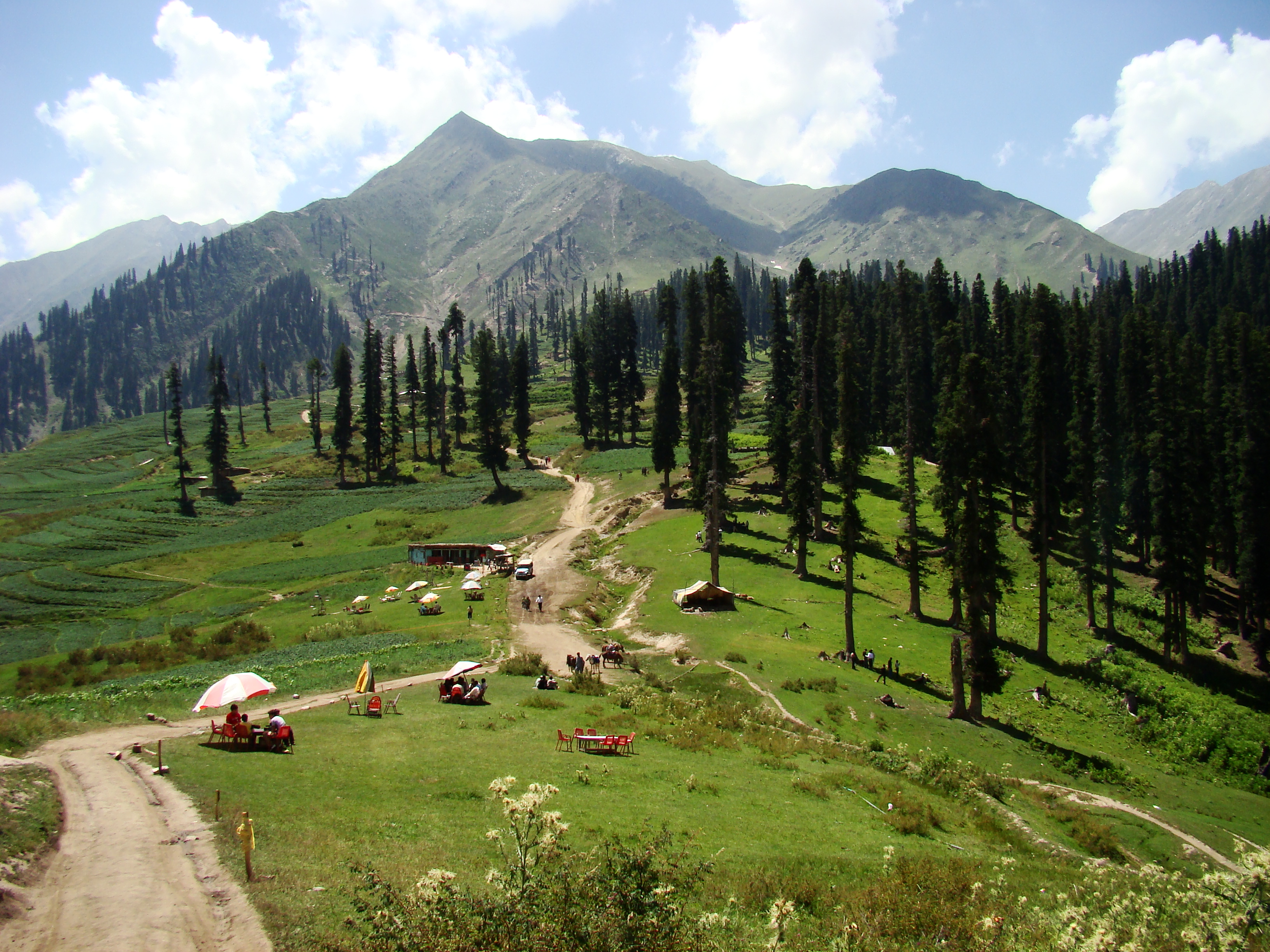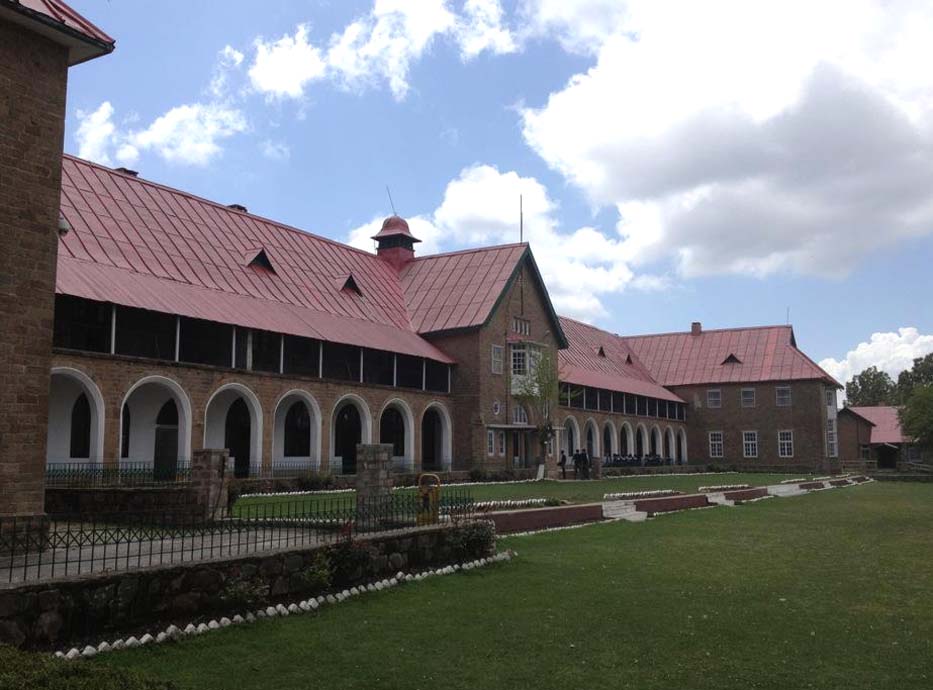|
Murree Vole
The Murree vole (''Hyperacrius wynnei'') is a species of rodent in the family Cricetidae. It is endemic to the Himalayas in Pakistan and India. It was named by William Thomas Blanford after its collector, geologist Arthur Beavor Wynne. Distribution It is confined to the Himalayas of northern India and Pakistan (including Murree Hills, Kaghan Valley and Swat Valley Swat District (), also known as the Swat Valley, is a district in the Malakand Division of Khyber Pakhtunkhwa, Pakistan. Known for its stunning natural beauty, the district is a popular tourist destination. With a population of 2,687,384 per th ...Roberts, T.J., "Field Guide to the small mammals of Pakistan" Karachi:Oxford University Press, 2005 p. 257.). References *Musser, G. G. and M. D. Carleton. 2005. Superfamily Muroidea. pp. 894–1531 ''in'' Mammal Species of the World a Taxonomic and Geographic Reference. D. E. Wilson and D. M. Reeder eds. Johns Hopkins University Press, Baltimore. Hyperacrius ... [...More Info...] [...Related Items...] OR: [Wikipedia] [Google] [Baidu] |
William Thomas Blanford
William Thomas Blanford (7 October 183223 June 1905) was an England, English geologist and natural history, naturalist. He is best remembered as the editor of a major series on ''The Fauna of British India, Including Ceylon and Burma''. Biography Blanford was born in London to William Blanford and Elizabeth Simpson. His father owned a factory next to their house on Bouverie street, Whitefriars. He was educated in private schools in Brighton (until 1846) and Paris (1848). He joined his family business in carving and gilding and studied at the School of Design in Somerset House. Suffering from ill health, he spent two years in a business house at Civitavecchia owned by a friend of his father. His initial aim was to enter a mercantile career. On returning to England in 1851 he was induced to enter the newly established Royal School of Mines (now part of Imperial College London), which his younger brother Henry Francis Blanford, Henry F. Blanford (1834–1893), afterwards head of th ... [...More Info...] [...Related Items...] OR: [Wikipedia] [Google] [Baidu] |
Kaghan Valley
The Kaghan Valley (Hindko, ) is an Alpine climate, alpine valley in Mansehra District of Khyber Pakhtunkhwa, Pakistan. The valley stretches across the northern Pakistan, rising from its lowest elevation of to its highest point at the Babusar Pass around . Furthermore, the highest mountain peak in the valley known as Malika Parbat ''()'', stands with a height of around . Landslides triggered by the devastating 2005 Kashmir earthquake destroyed many passes leading into the valley, though roads have since been rebuilt. Kaghan is a popular Tourism in Pakistan, tourist attraction in Pakistan. Geography The Kaghan Valley is located in the Hazara region of Pakistan, and borders the Pakistani-administered territories of Gilgit-Baltistan and Azad Kashmir to the north and east, respectively. From here, the Mansehra-Naran-Jalkhad (MNJ) Road leads to Gilgit Baltistan. The 155-kilometre-long valley is enveloped by the Lower Himalayan Range, Lower Himalayan mountain range, resulting in a ... [...More Info...] [...Related Items...] OR: [Wikipedia] [Google] [Baidu] |
Mammals Described In 1881
A mammal () is a vertebrate animal of the Class (biology), class Mammalia (). Mammals are characterised by the presence of milk-producing mammary glands for feeding their young, a broad neocortex region of the brain, fur or hair, and three Evolution of mammalian auditory ossicles, middle ear bones. These characteristics distinguish them from reptiles and birds, from which their ancestors Genetic divergence, diverged in the Carboniferous Period over 300 million years ago. Around 6,640 Neontology#Extant taxon, extant species of mammals have been described and divided into 27 Order (biology), orders. The study of mammals is called mammalogy. The largest orders of mammals, by number of species, are the rodents, bats, and eulipotyphlans (including hedgehogs, Mole (animal), moles and shrews). The next three are the primates (including humans, monkeys and lemurs), the Artiodactyl, even-toed ungulates (including pigs, camels, and whales), and the Carnivora (including Felidae, ... [...More Info...] [...Related Items...] OR: [Wikipedia] [Google] [Baidu] |
Murree
Murree () is a mountain resort city in the northernmost region of the Punjab, Pakistan, Punjab province of Pakistan. Lying in the Galyat region of the Pir Panjal Range under the western Himalayas, it forms the outskirts of the Islamabad–Rawalpindi metropolitan area and is located in the northeast of the capital city, Islamabad. The town was built in the mid 19th-century and it served as the summer capital of the Punjab Province (British India), British Punjab, for the British troops to escape the scorching heat in the plains of Punjab during the summer.: "Murree was developed first into a sanitarium and retreat for troops, and later into a summer hill station, housing an invalid hospital, cottages for civil and military families, hotels, a brewery, and a Lawrence Memorial Asylum for the education of poor and orphaned European children." It has an average altitude of . Construction of the town was started in 1851 on the hills of Murree as a sanatorium for British troops. The p ... [...More Info...] [...Related Items...] OR: [Wikipedia] [Google] [Baidu] |
Rodents Of Pakistan
Rodents (from Latin , 'to gnaw') are mammals of the Order (biology), order Rodentia ( ), which are characterized by a single pair of continuously growing incisors in each of the upper and Mandible, lower jaws. About 40% of all mammal species are rodents. They are native to all major land masses except for Antarctica, and several oceanic islands, though they have subsequently been introduced to most of these land masses by human activity. Rodents are extremely diverse in their ecology and lifestyles and can be found in almost every terrestrial habitat, including human-made environments. Species can be arboreal, fossorial (burrowing), saltatorial/ricochetal (leaping on their hind legs), or semiaquatic. However, all rodents share several morphological features, including having only a single upper and lower pair of ever-growing incisors. Well-known rodents include Mouse, mice, rats, squirrels, prairie dogs, porcupines, beavers, Cavia, guinea pigs, and hamsters. Once included wi ... [...More Info...] [...Related Items...] OR: [Wikipedia] [Google] [Baidu] |
Hyperacrius
''Hyperacrius'' is a genus of rodent in the family Cricetidae. It contains the following species: * True's vole True's vole (''Hyperacrius fertilis'') is a species of rodent in the family Cricetidae. It is found in India and Pakistan Pakistan, officially the Islamic Republic of Pakistan, is a country in South Asia. It is the List of countries and de ... (''Hyperacrius fertilis'') * Murree vole (''Hyperacrius wynnei'') References Rodent genera Taxa named by Gerrit Smith Miller Jr. Taxonomy articles created by Polbot {{Arvicolinae-stub ... [...More Info...] [...Related Items...] OR: [Wikipedia] [Google] [Baidu] |
Swat Valley
Swat District (), also known as the Swat Valley, is a district in the Malakand Division of Khyber Pakhtunkhwa, Pakistan. Known for its stunning natural beauty, the district is a popular tourist destination. With a population of 2,687,384 per the 2023 national census, Swat is the 15th-largest district of Khyber Pakhtunkhwa. Swat District is centred on the Valley of Swat, usually referred to simply as Swat, which is a natural geographic region surrounding the Swat River. The valley was a major centre of early Buddhism of the ancient civilisation of Gandhara, mainly Gandharan Buddhism, with pockets of Buddhism persisting in the valley until the 16th century conquest of Swat by the Yousafzais, after which the area became largely Muslim, along with the Pashtunization of Swat and its neighbouring regions. In the early 19th century, Swat emerged as an independent state under Saidu Baba. State of Swat became a Princely state under British suzerainty as part of the British Raj ... [...More Info...] [...Related Items...] OR: [Wikipedia] [Google] [Baidu] |
Murree Hills
Murree () is a mountain resort city in the northernmost region of the Punjab province of Pakistan. Lying in the Galyat region of the Pir Panjal Range under the western Himalayas, it forms the outskirts of the Islamabad–Rawalpindi metropolitan area and is located in the northeast of the capital city, Islamabad. The town was built in the mid 19th-century and it served as the summer capital of the British Punjab, for the British troops to escape the scorching heat in the plains of Punjab during the summer.: "Murree was developed first into a sanitarium and retreat for troops, and later into a summer hill station, housing an invalid hospital, cottages for civil and military families, hotels, a brewery, and a Lawrence Memorial Asylum for the education of poor and orphaned European children." It has an average altitude of . Construction of the town was started in 1851 on the hills of Murree as a sanatorium for British troops. The permanent town of Murree was constructed in 1853 a ... [...More Info...] [...Related Items...] OR: [Wikipedia] [Google] [Baidu] |
Rodent
Rodents (from Latin , 'to gnaw') are mammals of the Order (biology), order Rodentia ( ), which are characterized by a single pair of continuously growing incisors in each of the upper and Mandible, lower jaws. About 40% of all mammal species are rodents. They are native to all major land masses except for Antarctica, and several oceanic islands, though they have subsequently been introduced to most of these land masses by human activity. Rodents are extremely diverse in their ecology and lifestyles and can be found in almost every terrestrial habitat, including human-made environments. Species can be arboreal, fossorial (burrowing), saltatorial/ricochetal (leaping on their hind legs), or semiaquatic. However, all rodents share several morphological features, including having only a single upper and lower pair of ever-growing incisors. Well-known rodents include Mouse, mice, rats, squirrels, prairie dogs, porcupines, beavers, Cavia, guinea pigs, and hamsters. Once included wi ... [...More Info...] [...Related Items...] OR: [Wikipedia] [Google] [Baidu] |
Arthur Beavor Wynne
Arthur Beavor Wynne (15 October 1837 – 22 December 1906) was an Anglo-Irish geologist who worked in Geological Survey of India. He worked on stratigraphy of the Himalayas, and the geology of parts of western India. He was born in Sligo, the son of Richard Beavor Wynne, who, after the passage of the Slave Compensation Act 1837 The Slave Compensation Act 1837 ( 1 & 2 Vict. c. 3) was an act of the Parliament of the United Kingdom, signed into law on 23 December 1837. Together with the Slavery Abolition Act 1833 ( 3 & 4 Will. 4. c. 73), it authorized the Commissione ..., had received £1,307 in compensation for 91 slaves on the Virgin Islands. A grandson of Owen Wynne (1723-1789) of Hazelwood House, Co. Sligo - and his mother was Hannah Matilda Taafe Irwin. He joined the Geological Survey of Ireland in 1855 and moved to the Indian Geological Survey in 1862. After working for 11 years, he retired due to ill health and in 1883, he rejoined the Irish Survey. He became a pres ... [...More Info...] [...Related Items...] OR: [Wikipedia] [Google] [Baidu] |
India
India, officially the Republic of India, is a country in South Asia. It is the List of countries and dependencies by area, seventh-largest country by area; the List of countries by population (United Nations), most populous country since 2023; and, since its independence in 1947, the world's most populous democracy. Bounded by the Indian Ocean on the south, the Arabian Sea on the southwest, and the Bay of Bengal on the southeast, it shares land borders with Pakistan to the west; China, Nepal, and Bhutan to the north; and Bangladesh and Myanmar to the east. In the Indian Ocean, India is near Sri Lanka and the Maldives; its Andaman and Nicobar Islands share a maritime border with Thailand, Myanmar, and Indonesia. Modern humans arrived on the Indian subcontinent from Africa no later than 55,000 years ago., "Y-Chromosome and Mt-DNA data support the colonization of South Asia by modern humans originating in Africa. ... Coalescence dates for most non-European populations averag ... [...More Info...] [...Related Items...] OR: [Wikipedia] [Google] [Baidu] |







